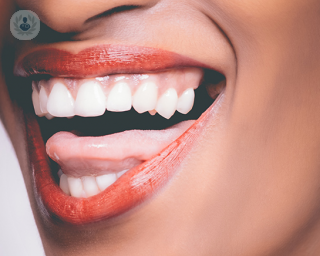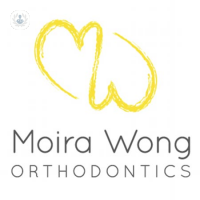Malocclusion
Miss Natasha Berridge - Oral & maxillofacial surgery
Created on: 04-28-2017
Updated on: 04-24-2023
Edited by: Conor Lynch
What is malocclusion?
Dental malocclusion is the incorrect alignment of the upper and lower teeth which can lead to other dental problems. Malocclusion may be better known as crowded teeth, an overbite, a crossbite or an underbite. If teeth are badly misaligned, they cannot perform certain functions, such as chewing and balanced distribution of biting forces across the teeth. Over time, malocclusion can lead to broken teeth or tooth loss.

What are the symptoms of malocclusion?
The main symptom caused by malocclusion is deviated, crowded, or protruding teeth. This causes problems with eating and talking.
Other main ymptoms of malocclusion may include:
- misalignment of teeth
- biting of the inner cheeks or tongue
- pain or discomfort when chewing or biting
- speech problems
- breathing via the mouth instead of the nose
What causes malocclusion?
Malocclusion is frequently an inherited problem, but the following habits and conditions can also cause malocclusion:
- cleft lip and palate
- prolonged use of a dummy
- prolonged bottle feeding
- jaw injuries
- mouth tumours
- thumb-sucking in childhood
- children in which milk teeth occupy little space and, when growing, the final teeth occupy more space than there is room for
Can malocclusion be prevented?
Preventing malocclusion is sometimes not possible if it is hereditary. However, parents may want to consider limiting dummy use and bottle feeding. Additionally, to avoid malocclusion worsening, earlier treatment and detection can help. This means it is important for parents to take their children to the dentist during childhood.
What is the treatment for malocclusion?
The treatment for dental malocclusion involves the use of fixed or removable appliances to correct the alignment of the teeth and the position of the jaw. In children and adolescents, it may also be necessary to extract some milk teeth to make room for those that still need to grow. Child malocclusion is easier to correct than adult malocclusion because bone growth is still in the development stage. With the use of devices such as braces, the teeth are straightened, and the jaw is moved. However, adult teeth can be aligned by orthodontics, but the position of the jaws can only be modified with orthognathic surgery.
Hence, malocclusion may require the following treatments:
- braces
- teeth removal
- teeth reshaping or capping
- jaw surgery
- plates or wires to stabilise the jaw












